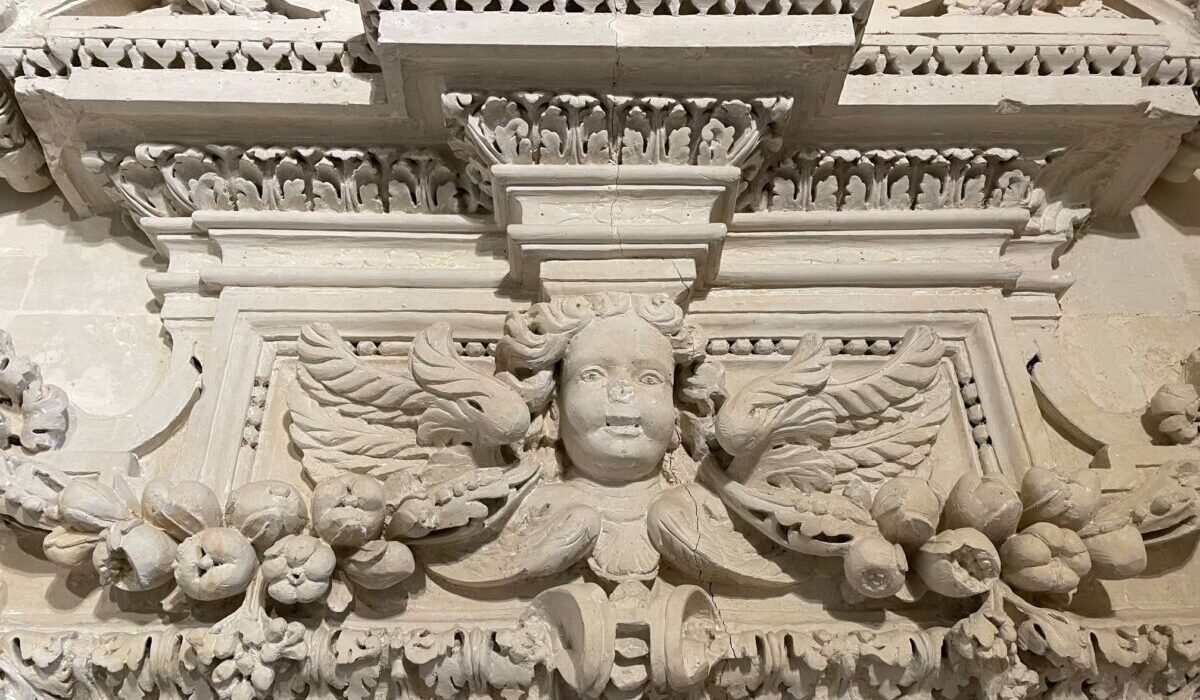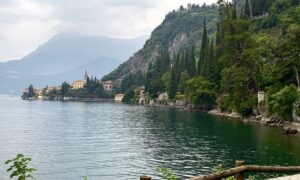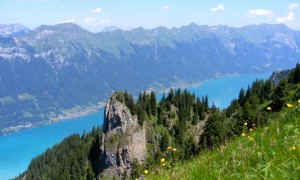by guest bloggers, Ann Wojtysiak and Leonardo Tombelli
Flying in from Rome, whitewashed hill towns, centuries-old farmland, and hundreds of kilometers of Mediterranean coastline came into view as we landed in the southern Italian port city of Bari.
Arriving first at the port city of Bari, we set out visit several cities in Salento, a cultural, historical, and geographic region at the southern end of Apulia in Southern Italy. It is a sub-peninsula of the Italian Peninsula, sometimes described as the “heel” of the Italian “boot”.
We selected to visit Polglano a Mare, Alberobello, Conversano, and Lecce.
But first on our journey had to be the Hotel and Restaurant “Grotta Palazzese”, a restaurant with a terrace created inside a natural cave used for parties and banquets since 1700!
As dusk turned into night, we could no longer see the ocean, but we could hear the ocean waves gently wash under the cave’s stone floor as we dined on local seafood and prosecco.
Alberobello
We could see in the farmlands outside of Alberobello, many small stone huts with conical rock-covered roofs scattered among the olive trees on both sides of the road.
While Puglia is famed for its buttery green olive oil, fruity red wines, and orecchiette pasta, it’s also known for these ancient architectural wonders called trulli.
To support the conical roof, the stone mason first places four main blocks on the top corners of the base. Then, they would construct the three-part dome, comprised of an inner layer made from wedge-shaped supporting stones followed by insulating filler and an external layer of corbelled limestone slabs to facilitate water drainage. A decorative pinnacle, said to ward off evil or bad luck, topped each dome.
Lecce
Lecce is a 2000 year old historic city and capital of the province.
Lecce is commonly nicknamed “The Florence of the South” because of the rich Baroque architectural monuments found in the city. They are constructed from “Lecce stone”—a particular kind of limestone that is soft and malleable, but it is unique because it becomes rugged and durable once exposed to air and other elements.
The streets of the old city of Lecce and the entire Salento are rich in noble palaces and churches built and decorated with this stone. It seems to change color throughout the day, reflecting natural light in a unique way that makes Salento different from any other place in the world.
Conversano:
Last but not least, our journey ended with a unplanned but welcomed street fair! Conversano was celebrating the harvest with a weekend fair featuring music, laser light shows, foods, and wines from the region.

































Comments
4 CommentsJulie
Apr 10, 2023Beautiful photos and description by your guest bloggers Ann and Leonardo – am sure everyone who reads it will want to go!!
leonardo tombelli
Apr 11, 2023Thank you Julie! We want to go back as well!
Best Regards,
Judy Bereza
Apr 12, 2023You make this part of Italy sound irresistible. Thank you for the enlightenment
and the engaging photos.
Sheryl Jurries
May 1, 2023Lovely photos and interesting commentary. I need to plan my own trip there!